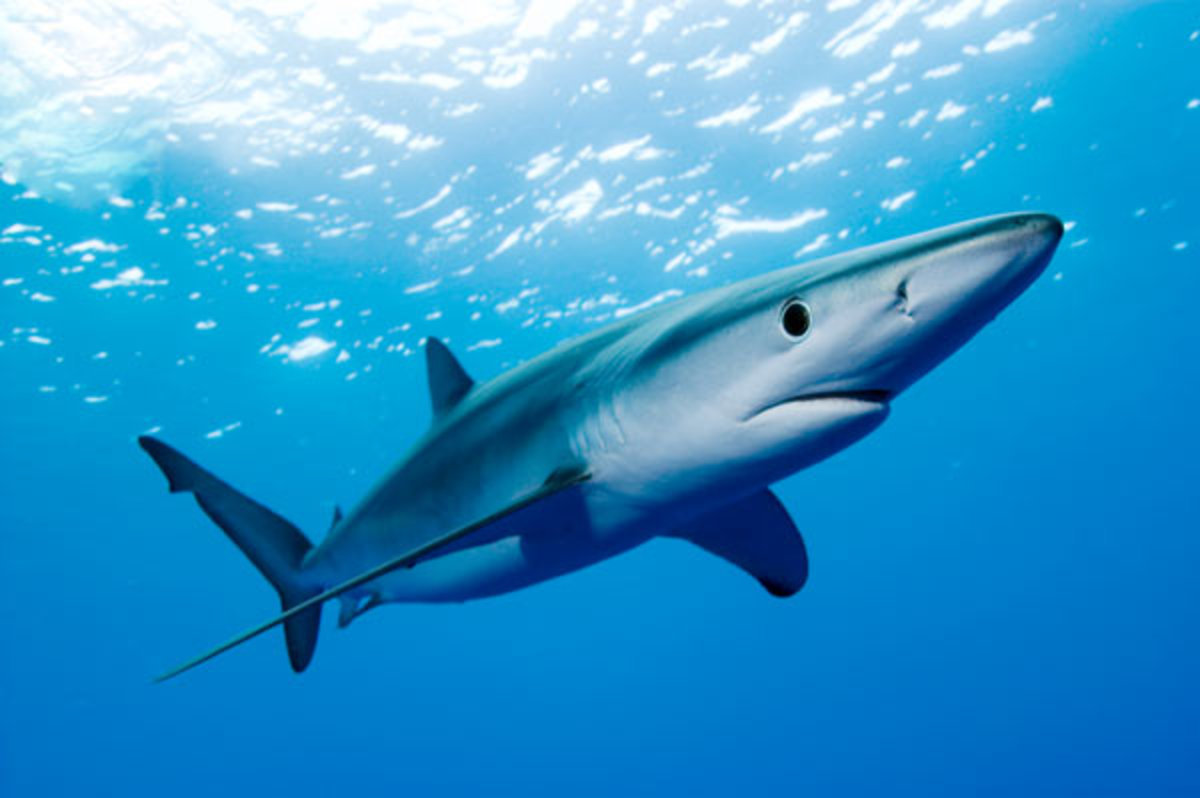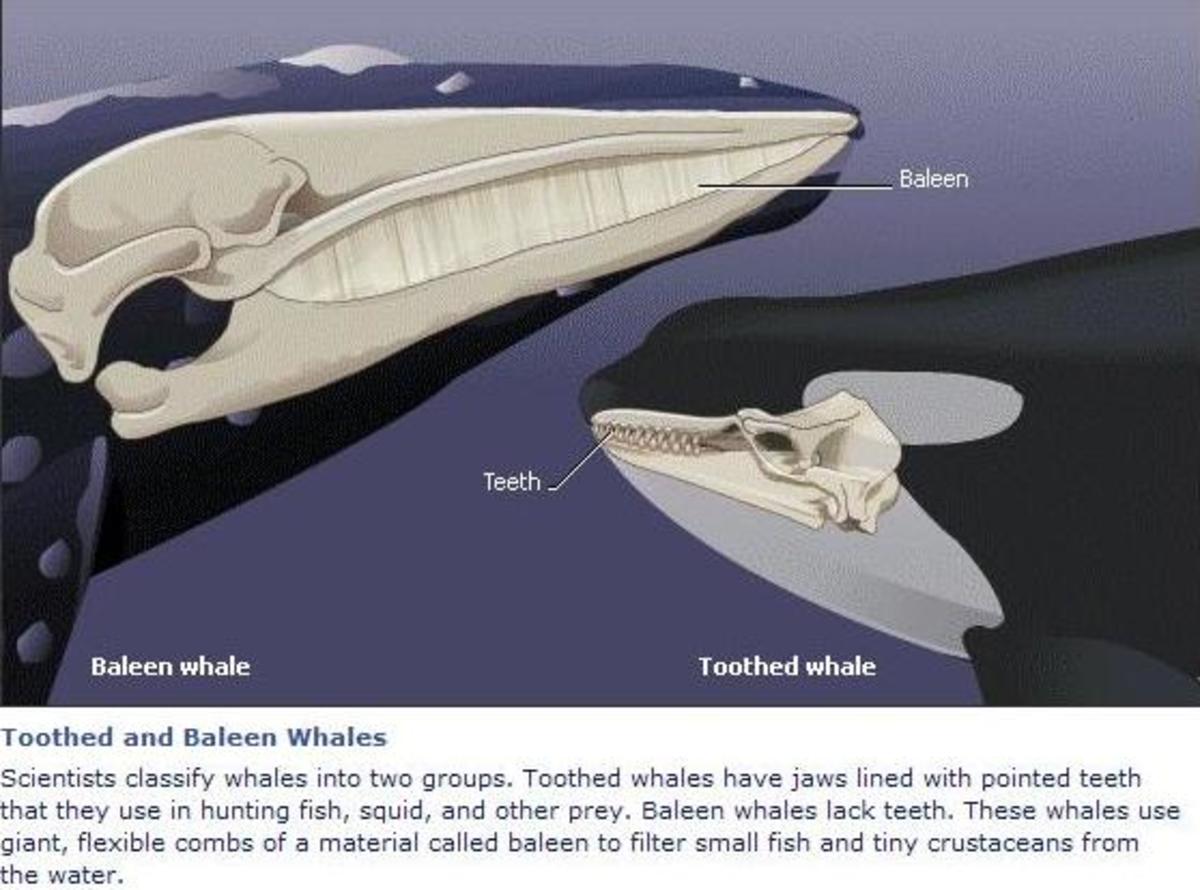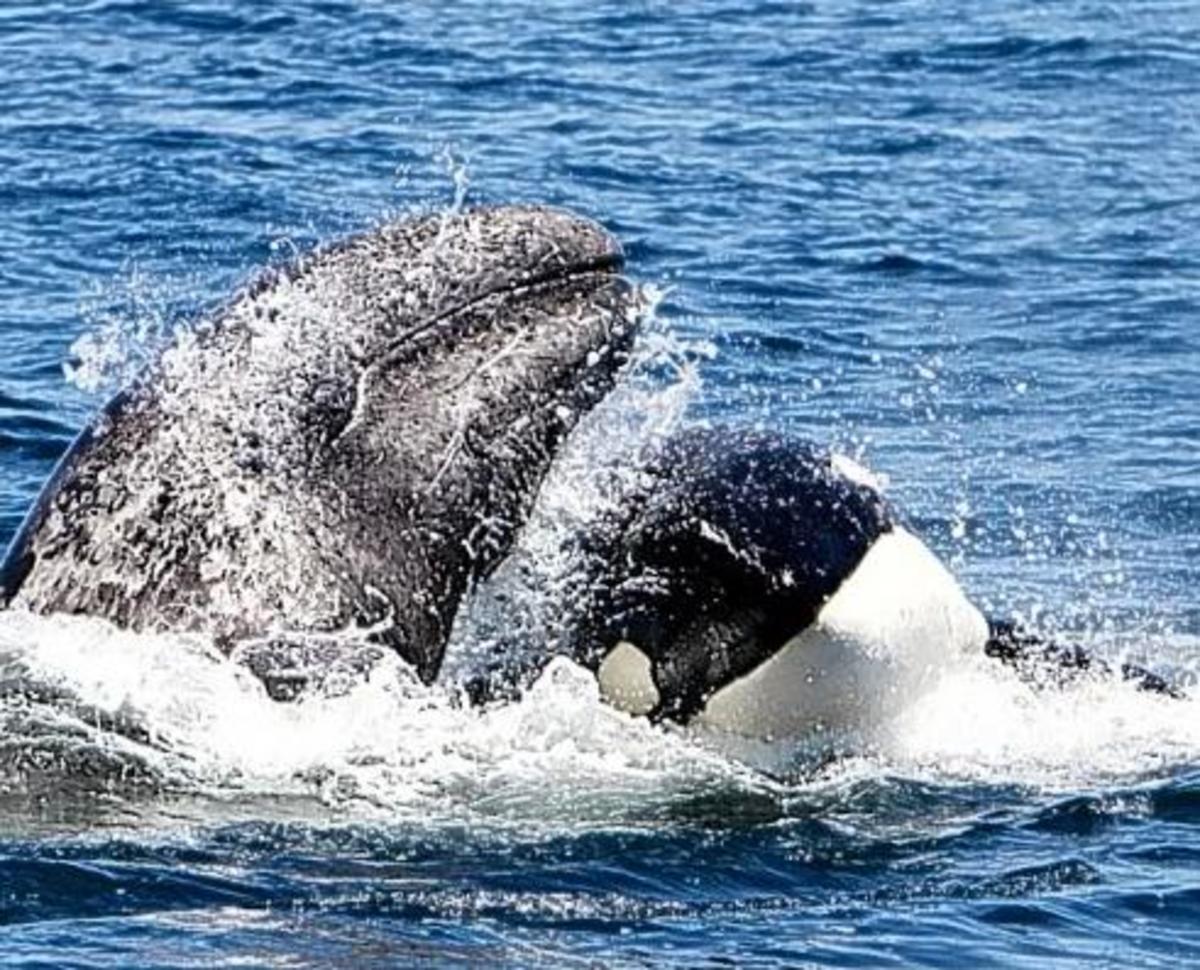- HubPages»
- Education and Science»
- Life Sciences»
- Marine Biology»
- Marine Life
Veronica's Random Dose - The Coconut Crab.

Found in just a few places around the world (due to it's endanger from extinction), lives the world's largest land-living arthropod - the coconut crab (also known as the robber crab or palm thief since some have been rumored to steal shiny objects from individuals homes and tents).
Referenced to be about 40 cm (16 in) in length, and weighing up to 4.1 kg (9.0 lb), this nocturnal specimen comes out at night to forage for; among other things; coconuts!
Ingeniously, the coconut crab finds several ways to consume the contents of a coconut.
1.) Eyewitnesses have watched as this unique arthropod cut a coconut down to a husk nut; climb a tree; then proceed to drop the husk nut to the ground where it breaks apart; and then climb down from the tree to consume the contents.
2.) Others have watched as the coconut crab simply pounds a coconut against a rock until it cracks open; allowing it to consume it's contents (it is the front-most pair of legs that consist of large claws used to open coconuts, these claws can lift objects up to 29 kg [64 lb]).
Although the coconut crab is known for it's ingenuity, unlike it's peers, the coconut crab lacks the ability to swim. No matter, the coconut crab has learned to adapt so well, that it can live for over 30 years!
* Other Interesting Crab Facts.
1.) There are literally thousands of crab species (5,700 species according to the book The World of Animals pg.91) from giant spider crabs with pincers as long as a person's arms, to tiny porcelain and pea crabs that would easily fit in this o!
2.) The biggest crab known to man is the Japanese giant spider crab - in addition to being the largest crustacean and the largest living arthropod, the Japanese giant spider crab's body is the size of a dinner plate and can measure 11.5 feet (3.5 m) across its outstretched claws.
3.) The rear body of a hermit crab is soft and twisted. This is due to the fact that it lives in the abandoned shell of a sea snail, such as a whelk. It holds the shell from inside with its two pairs of smaller rear legs until it goes in search of a larger home.
Whether it be the coconut crab, the Japanese giant spider crab, or the tiny porcelain crab, these crustaceans are just a few unique specimens of the natural world.







